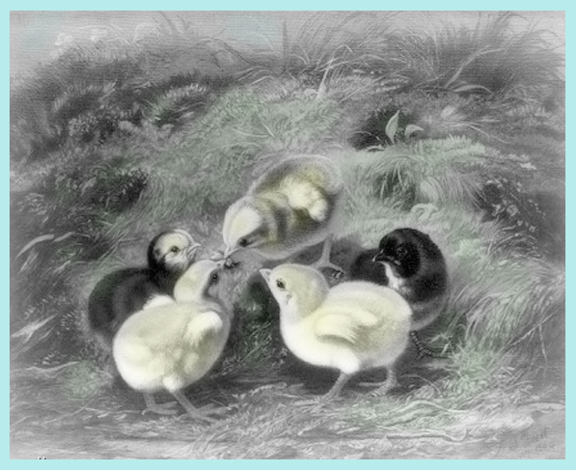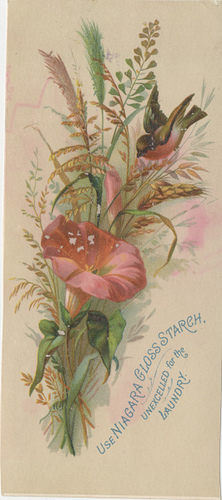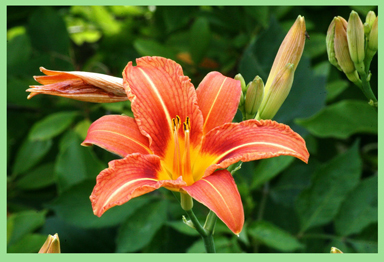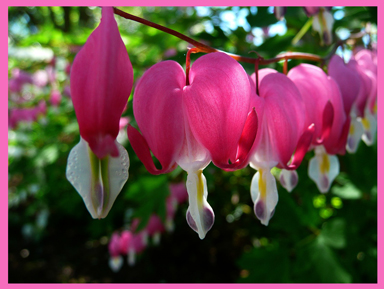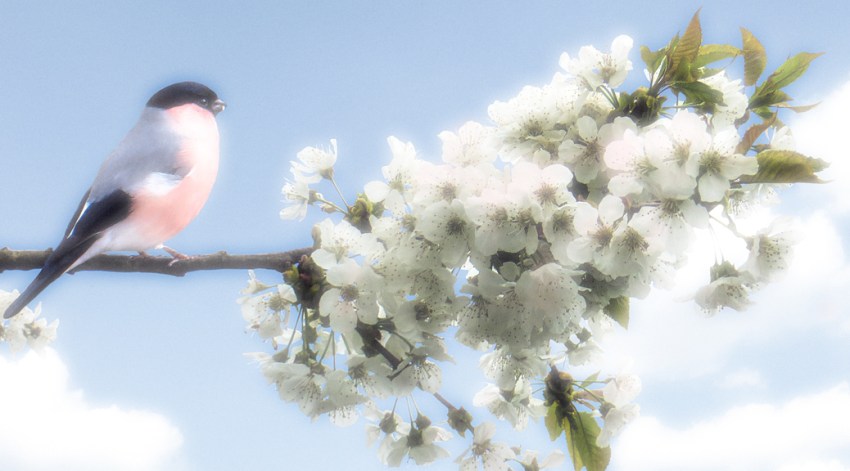I had always helped my mother and grandmother hang out the wash. By “help” I mean handing them the clothespins and singing “Bringing in the Sheets”, my mistaken rendition of the old hymn “Bringing in the Sheeves”. At least I was on key. How fresh everything smelled from clean country air!
I loved this small chore so much that I farmed myself out to help the neighbors. Across the street lived Mrs. Johnson. Having a grown son who lived in another town made her a bit lonely for small companionship, so she happily accepted my “assistance”.
Hers was one of those old clotheslines made up of a “T” of hollow metal tubes. But it wasn’t as drab as it sounds, as a beautiful yellow-blooming vine twined across one end. It was probably that vine that drew other lodgers to the clothesline. Every year a bird would build a nest in one arm of that end post, lay her eggs, and go through all the avian motions of raising a tiny family.
Now there is one hitch to all this: birds are easily disturbed by humans, especially mother birds. And we needed that clothesline. But Mrs. Johnson was a nature lover like the rest of us, and she knew the difficulties all new mothers face. So we started hanging out the wash – in the house. We draped towels and clothes over every available waterproof surface. But that still left the sheets. Where on earth would we put those?
We would have made any onlooker very curious. First Mrs. Johnson would take a delicate pinch of snuff to steel her nerves. Then we would peer around the back screen door. Was she home? We would hold our breath – did you hear a chirp? Was that a flutter at that end of the clothesline? Maybe we can’t see her for the vine. Better stand here a minute to be sure.
Once we were convinced she was away from home, we would tiptoe out and hang out the wash in mute silence, using hand signals for “another pin, please”, and the frantic one for “Here she comes – get back in the house!” We used only the end of the clothesline farthest from the birds, and many a sheet that would have dried wrinkle-free was ironed because it had to be scrunched up to fit on a tiny section away from the little nursery.
Afterward we would sit on the screened-in back porch in happy satisfaction, sipping ice tea with plenty of sugar. As the days went by, we were treated to a view of nest material hanging out of the pole, small eggs, the sound of little cheeps, then a tiny beak or two. Then flying lessons. Then, the big day – the little family would be raised and the nest deserted.
Despite the strain it had been on our nerves, it was always sad when the abandoned nest held no more life. We would change back into our off-season routine. No more wet clothes over the back of the Johnson kitchen chairs. Everything could go right out on the line. We could laugh and sing as we worked our way down to the end of the old rope.
But at the end of every laundry session, Mrs. Johnson would cast a wistful eye at the end of the clothesline. I knew what she was thinking, for I was thinking the same: “I hope they’re happy, wherever they are.”
From Mrs. Johnson and the wonderful women like her, I learned reverence for all God’s creation, and that chores shared with those you love are not really chores at all. She taught me that we can all peacefully coexist with just a few concessions, seeing things from the other’s point of view, a lot of consideration for others, and, if necessary, a pinch of snuff.
Text copyright © Jill Teresa Farmer 2015. All rights reserved.
The names in this true story were changed to protect privacy. And it’s a shame – “Mrs. Johnson” was a lovely lady and a real character. I was privileged to have her in my life.


